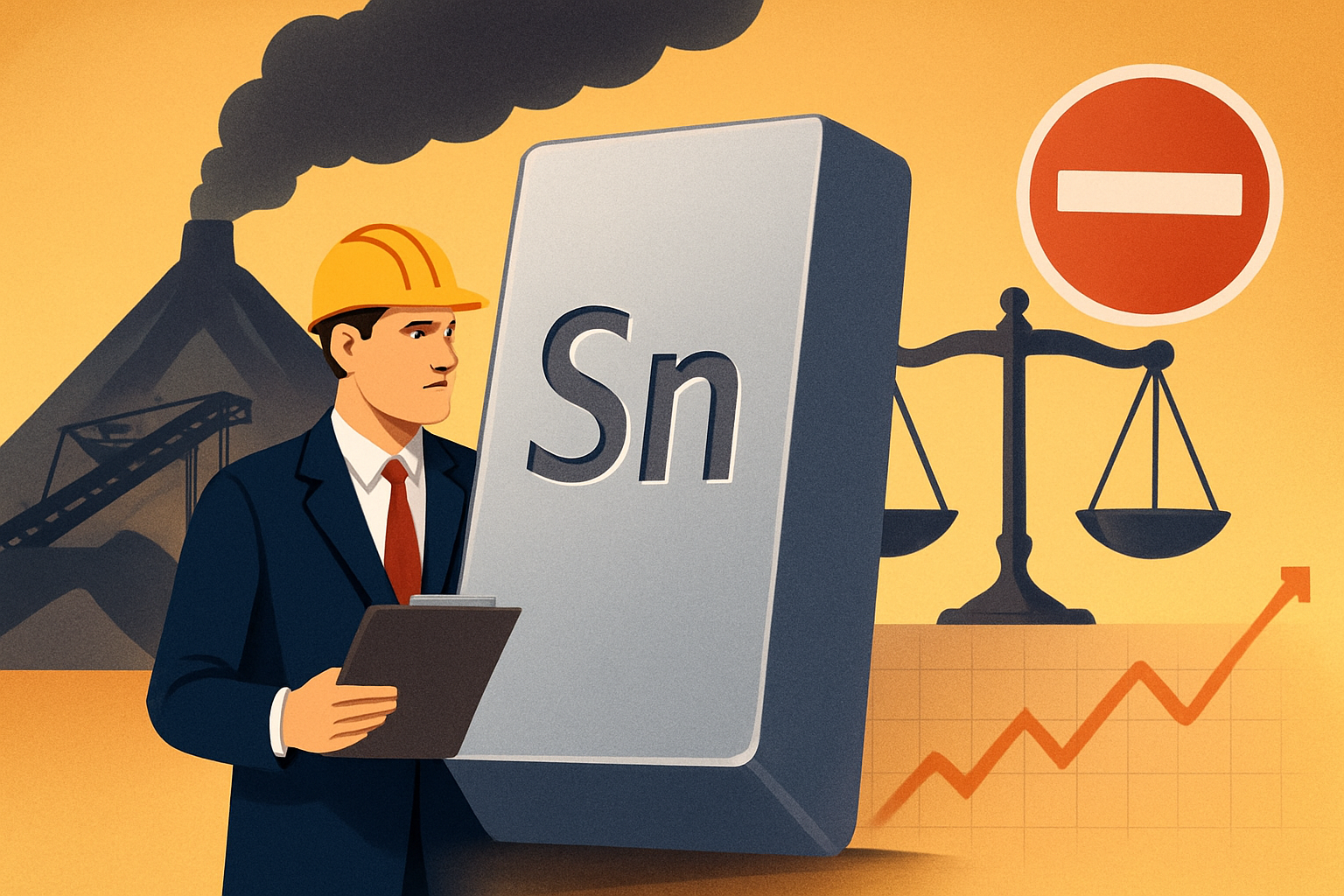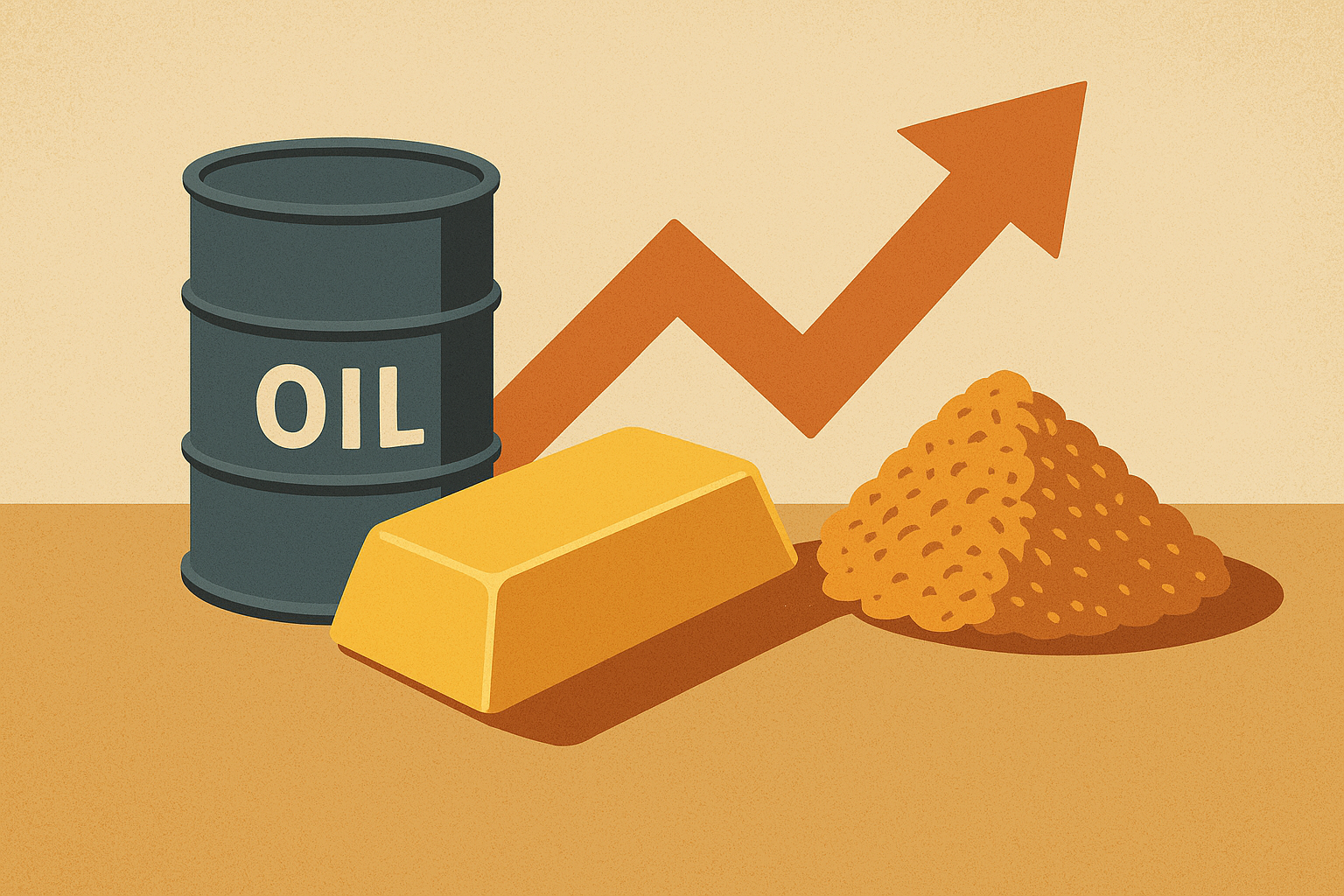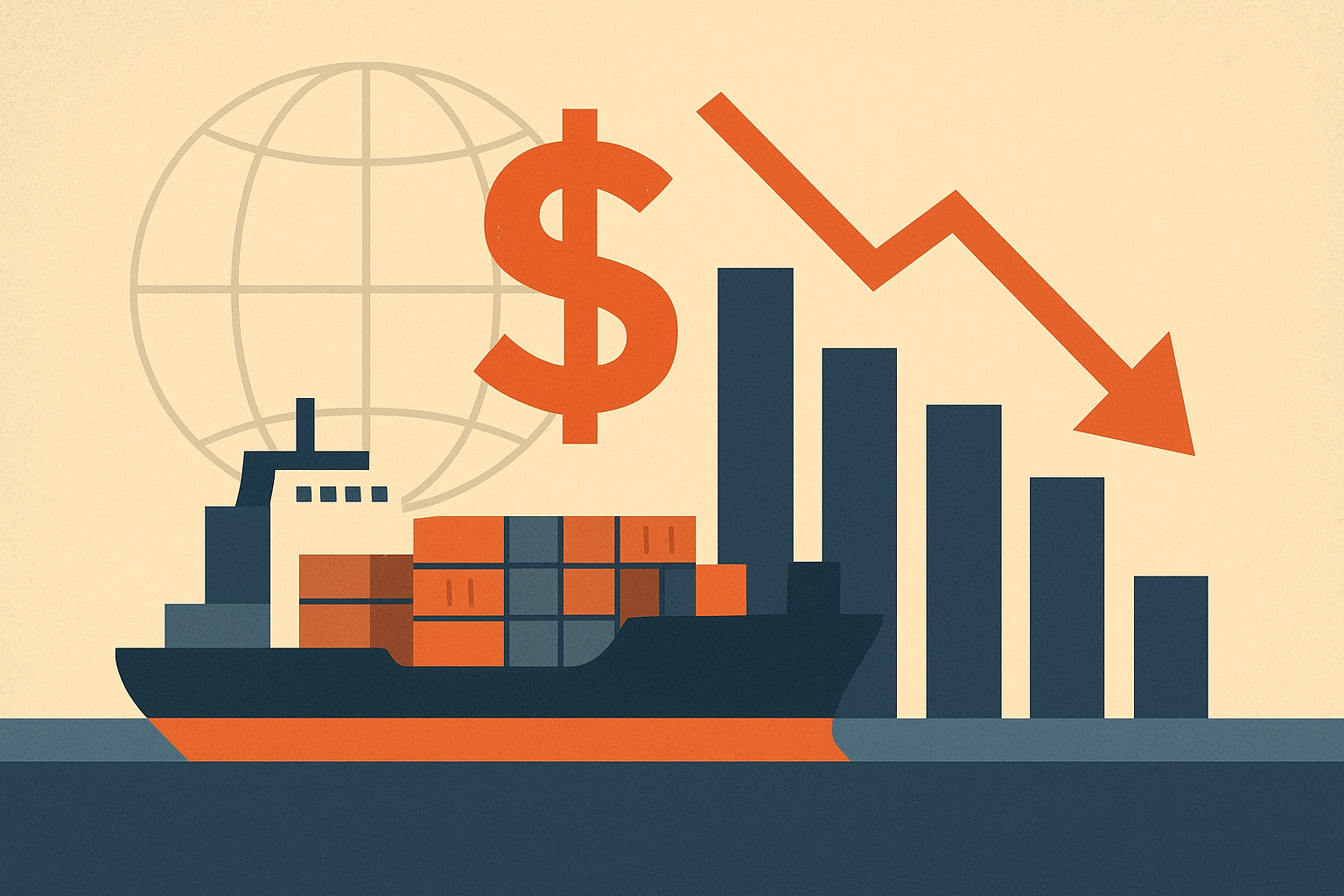Global commodity markets were jolted this week after Indonesia, the world’s largest exporter of tin, announced a sweeping crackdown on illegal mining operations. The move, which will shutter an estimated 1,000 unlicensed mines responsible for up to 80% of domestic production, sent London Metal Exchange (LME) tin futures surging past $37,500 per metric ton — their highest level since April 2025, according to Reuters.
For investors, this sudden price spike is more than just another headline; it signals both a tightening supply chain and a new era of regulatory enforcement that could reshape the tin market in the months ahead.
Why This Matters for Investors
Tin is a critical input in soldering, electronics, semiconductors, and increasingly in emerging technologies such as renewable energy infrastructure and electric vehicles. Even modest supply disruptions can create significant price volatility due to the market’s relatively small size compared to other base metals like copper or nickel.
Indonesia accounts for nearly 50% of global refined tin exports. With regulators now shutting down mines that had long operated in legal gray areas, the balance of supply and demand has shifted abruptly. Official producers may ultimately benefit from higher prices and a cleaner market, but in the near term, the risk of shortages is rising.
According to analysts cited by Reuters, the LME rally reflects traders pricing in reduced smelter feedstock availability, which could lead to higher premiums for refined tin in Asian and European markets. This is particularly concerning for downstream manufacturers already navigating cost inflation across metals and energy inputs.
The Policy Shift in Indonesia
Indonesia’s crackdown marks one of the most aggressive interventions in its tin industry in recent years. Authorities argue the closures will reduce environmental damage and illegal exports while consolidating the sector under licensed operators.
However, enforcement challenges remain. Market observers note that illegal tin mining has historically proven resilient, with smuggling routes feeding ore into both domestic and overseas refining streams. Whether the government can maintain strict oversight will determine if current price spikes are a temporary shock or the start of a sustained uptrend.
Future Trends to Watch
- Price Volatility: Tin’s relatively small trading volume compared to other industrial metals amplifies the impact of any supply disruption. If enforcement continues, prices could remain elevated into 2026.
- Electronics & Semiconductor Demand: Demand from consumer electronics and advanced manufacturing remains robust. Any sustained supply crunch could accelerate substitution research, though viable alternatives remain limited.
- Regional Winners: Legitimate producers in Southeast Asia and listed tin-focused juniors could see higher revenues if smelters turn to reliable suppliers.
- Risk of Demand Destruction: Elevated prices risk slowing demand in cost-sensitive markets. If electronics manufacturers curb orders, tin may face a correction despite the supply shock.
Investor Insight
The Indonesian crackdown underscores tin’s position as one of the most supply-sensitive commodities in the world. For investors, the opportunity lies in selectively positioning within tin-focused miners and refiners that can benefit from stronger pricing and reduced competition from unlicensed operators.
Yet caution is warranted. If illegal supply continues to leak into global markets, the rally could prove short-lived. Moreover, macro risks — including weaker Chinese demand and global economic slowdown fears — remain critical variables.
Key Investment Takeaways
- Short-term beneficiaries: Licensed Southeast Asian tin producers and juniors with secure supply chains.
- Risks: Enforcement inconsistency and potential smuggling could blunt the impact of mine closures.
- Longer-term trend: Higher regulatory oversight may gradually stabilize the market, but investors should prepare for heightened volatility through 2026.
Tin’s rapid surge highlights how fragile commodity supply chains can be in the face of regulatory shifts. Investors seeking exposure to critical and specialty metals should monitor not only demand-side trends but also policy developments in key producing nations.
For more daily insights on commodities, base metals, and exploration-stage opportunities, stay tuned with explorationstocks.com — your trusted source for timely investor news and actionable analysis.






